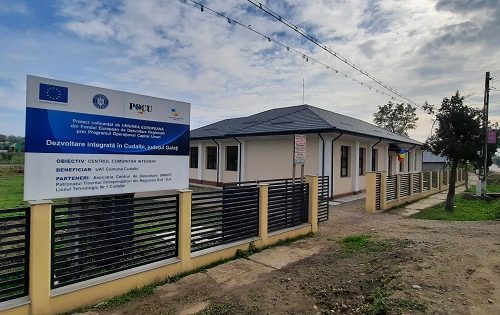I am attending the Conference on the Future European Union Cooperation in the Youth Field, Stockholm, Sweden, September 12-14, 2009
Watch live webcasts at www.se2009.eu/youth
Sweden has the Presidency of the Council of the European Union (EU). The Council is the highest decision-making body in the EU and consists of one minister from each Member State, who has the authority to make binding decisions for his or her government.
Youth representatives, directors-general, officials from all EU Member States, applicant countries, EFTA countries, as well as experts in the youth field, are invited. The purpose of the conference is to give the participants an opportunity to meet and discuss the substance of future EU youth policy cooperation. The results will contribute to making a decision on a new framework for youth policy cooperation that the Council is expected to take on 26–27 November 2009.
I’ll be attending the “Participation Workshop” that is expected to have the following outcome: “the workshop discussions should result in concrete proposals, possible actions and perspectives that will serve as input when discussing the new framework of cooperation in the youth field. We expect a short description of background discussions and a number of key messages to be presented in bullet-points at the “Opinion Square” and later in the plenary.”
Here’s what I’ll be endorsing:
- How can a participatory approach be made a reality in the future framework of cooperation?
- Uncovering and promoting the success stories across Europe, where young people who engaged constructively in solving problems of public concern, managed to convince authorities to transform their ideas into community action.
- Active participation needs to be promoted to the decision-making authorities of local and national level, regardless of their field of action.
- We should find the best strategy to convince the local and national executive bodies to endorse and allocate resources for active participation initiatives. The directors-general could be ambassadors of such a strategy, but this is not enough. Mayors form an important target group.
- What approach to participation is needed while formulating future cooperation?
- From my point of view, the strategy should have a horizontal approach. In the case of Romania, a ministry like Administration and Internal Affairs should be invited to the table. This way, we could send a more efficient and effective message to the local level, where the mayors are. If more mayors allocate resources and support participative democracy initiatives, more success stories will emerge and more young people will become confident that their voice is heard in the community.
- What kind of obstacles are there to young people’s full participation and how can they be removed?
- There are many, but the main ones from my point of view are: lack of time and money, lack of confidence of young people’s ability to be effective, lack of confidence of young people’s ability to find feasible, sustainable and valuable solutions to community problems, and the socio-economic situation of young people.
- These problems could be overcome through a creative new method of participation and through promoting more new success stories of participative democracy.
- What tools do we have to involve young people and can we develop new ones?
- The existing tools are the ones provides by laws. I am sure there are other tools out there, made by various stakeholders that have many interesting stories to share. They need more promotion of their success stories. However, I consider there’s a need for a more creative approach, that is more officially endorsed, where the NGO sector keeps closer ties with the governmental one, on constructive principles.
Resources: SMART Method of Public Policy, www.PoliticiPublice.ro, www.Public-Policies.org, the Seminar “New Ways of Citizen Engagement Using Information and Communication Technologies,” Strasbourg Youth Centre, March, 2009.

